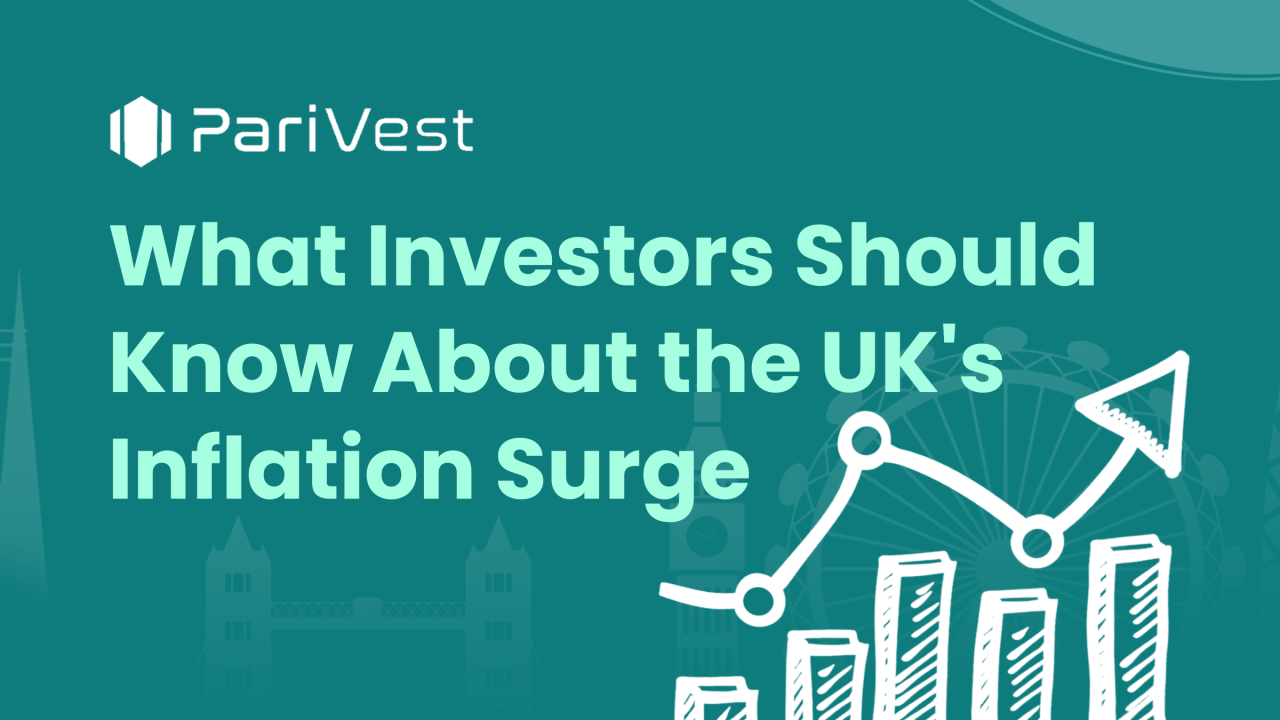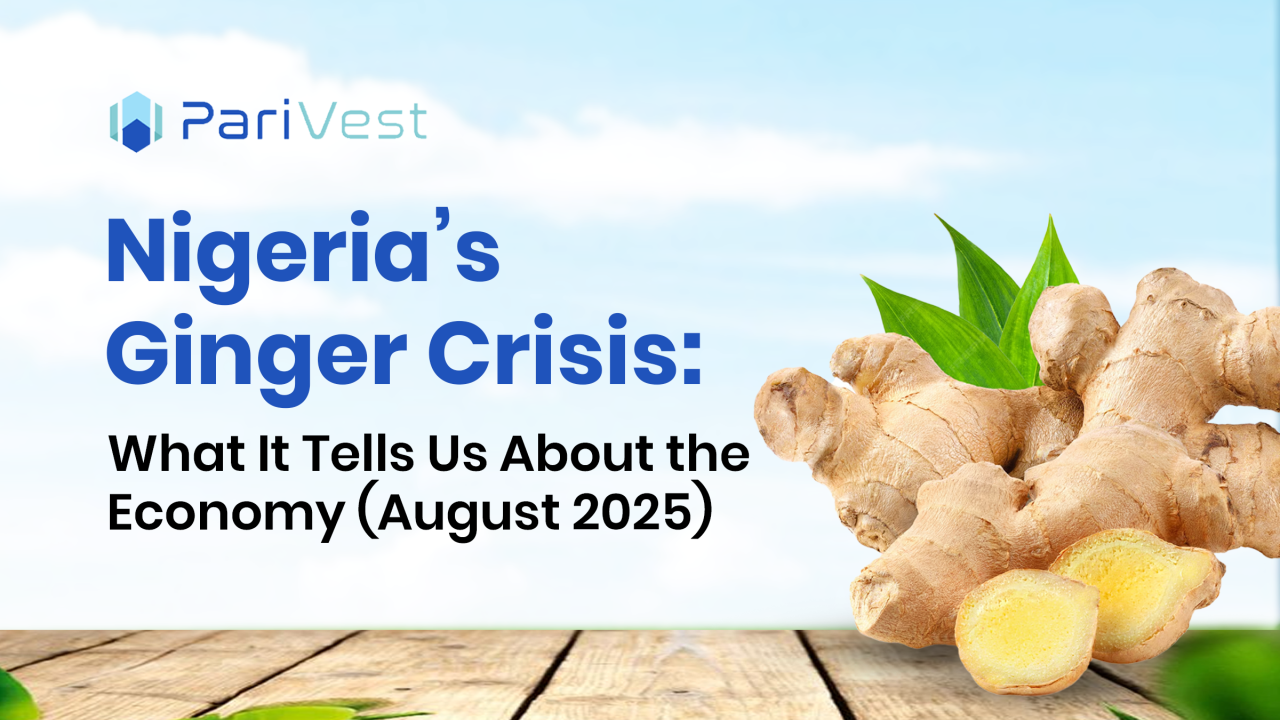
What Investors Should Know About the UK's Inflation Surge
June brought an unexpected development in the UK’s economic landscape: a rise in inflation, reversing several months of gradual progress. As central banks around the world weigh the pace of monetary easing, this new data point has renewed attention on the Bank of England (BoE) and its upcoming decisions on interest rates.
In today’s newsletter, we examine the implications of the UK’s latest Consumer Price Index (CPI) report, what it signals about the country’s economic outlook, and how investors should respond to the shifting macroeconomic environment.
Inflation Edges Up to 3.6 Percent — Highest Since January 2024
According to the Office for National Statistics (ONS), annual inflation in the United Kingdom rose to 3.6 percent in June 2025, up from 3.4 percent in May. This was contrary to the expectations of most economists, who had predicted that inflation would remain unchanged. Instead, the figure represents the highest CPI reading since January 2024.
The drivers of this increase were widespread:
A sharp rise in the cost of motor fuel and other transport-related expenses
Higher prices for food, particularly non-alcoholic beverages
A continued uptick in clothing and footwear costs
Additional inflationary pressure from alcohol, especially red wine and lager
Food and drink prices alone rose by 4.5 percent compared to a year earlier, marking the largest annual increase since February. These increases reflect persistent cost pressures in the supply chain and labour market, which are proving resistant to policy efforts.
Market Response: Yield Movements and Currency Gains
The market reaction was immediate.
Five-year gilt yields reached a one-month high, indicating renewed expectations of tighter monetary policy
The pound sterling appreciated modestly against the US dollar
Financial markets adjusted their rate cut expectations, now assigning a lower probability to an interest rate reduction in August
This inflation reading complicates the BoE’s path forward. While the central bank has already enacted four quarter-point rate cuts since August 2024, the outlook for future easing is now less certain. Before the latest CPI release, markets had widely priced in at least two additional cuts by the end of 2025. Those expectations are now being re-evaluated in light of rising services inflation and enduring cost pressures.
Underlying Challenges
One of the most concerning aspects of the June report is the persistence of services inflation, which held steady at 4.7 percent. This metric, closely monitored by the BoE, is viewed as a key indicator of domestic inflationary pressure. The fact that it did not fall — despite broader expectations — suggests that price pressures are not just imported or temporary, but embedded within the UK economy itself.
Compounding this issue is the labour market. While overall GDP contracted slightly in May, wage growth remains strong, with average earnings still increasing at a pace of over 5 percent annually. Economists are particularly concerned that structural mismatches in the labour market — such as skill shortages — are preventing wage pressures from easing, even as economic growth slows.
The BoE has forecast that inflation will return to its 2 percent target by the first quarter of 2027. However, the resilience of domestic cost pressures calls that timeline into question.
Policy Outlook
Although Governor Andrew Bailey has maintained that interest rates are on a gradual downward trajectory, the June data underscores the need for a cautious and data-driven approach. Financial policymakers now face a delicate balancing act: supporting growth in an economy experiencing low productivity and output contraction while ensuring that inflation does not become entrenched.
This is further complicated by government interventions aimed at supporting household consumption. Finance Minister Rachel Reeves has highlighted recent policy measures such as higher minimum wages, capped transportation fares, and school meal subsidies. While these may provide some relief to working-class households, they also risk introducing new demand-side pressures that could fuel inflation in the medium term.
Implications for Investors
For investors, the key takeaway is this: the Bank of England is likely to cut interest rates more slowly than expected. While that creates some uncertainty, UK real estate remains a strong long-term investment.
For Nigerian investors already in the market — or thinking of entering — this is a good time to review your plans. Pay close attention to economic updates, and make sure your investment choices match the current climate.
At PariVest, we continue to monitor these developments closely. Our goal is to ensure our community of investors remains informed, agile, and resilient in the face of a changing global financial landscape.
For further inquiries or personalised investment guidance, please contact us at [email protected].


